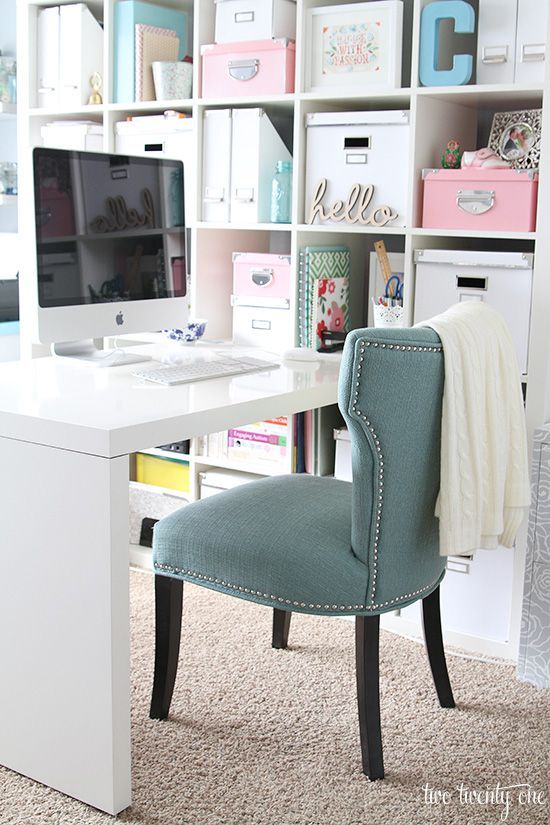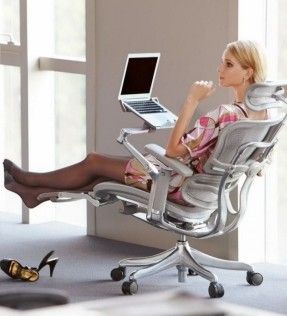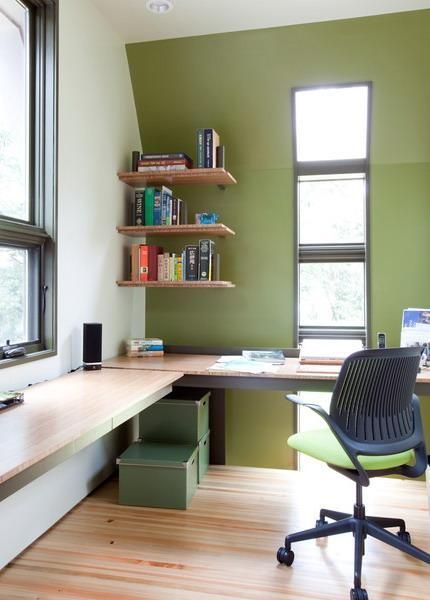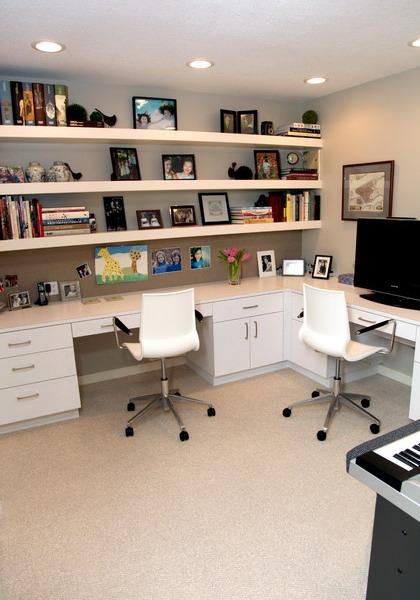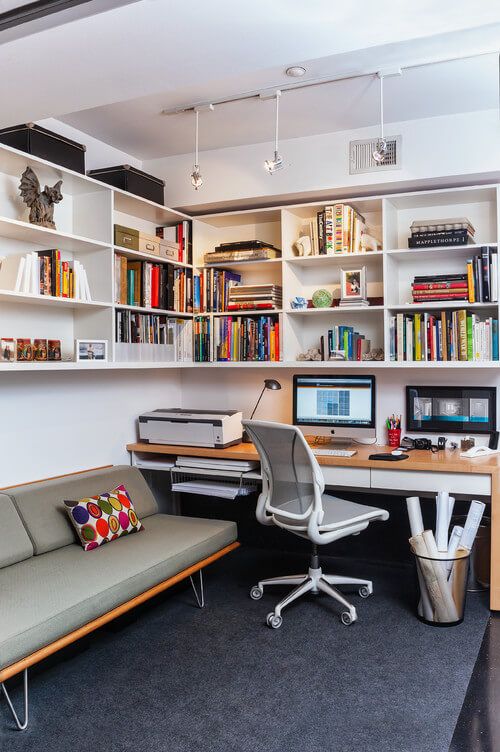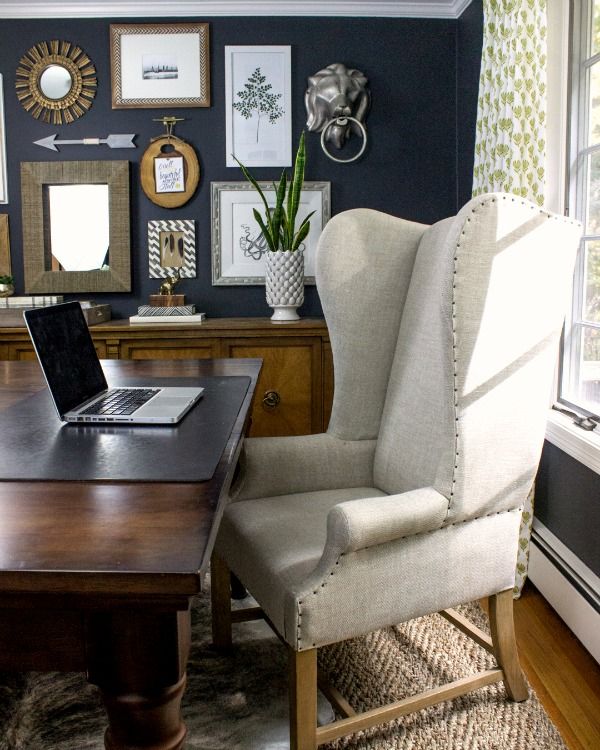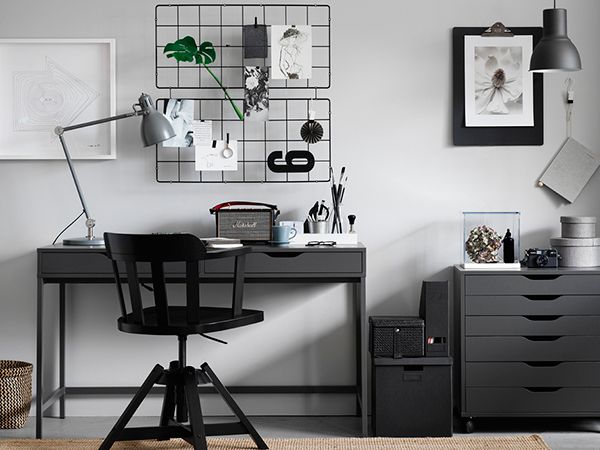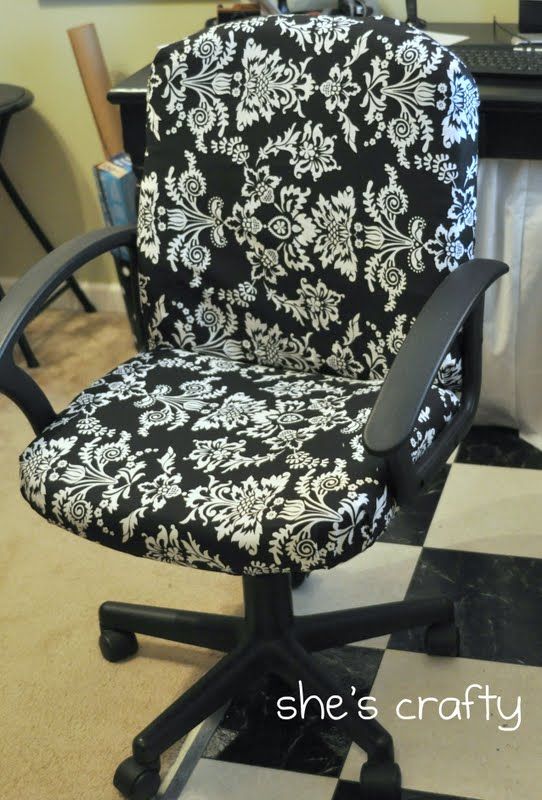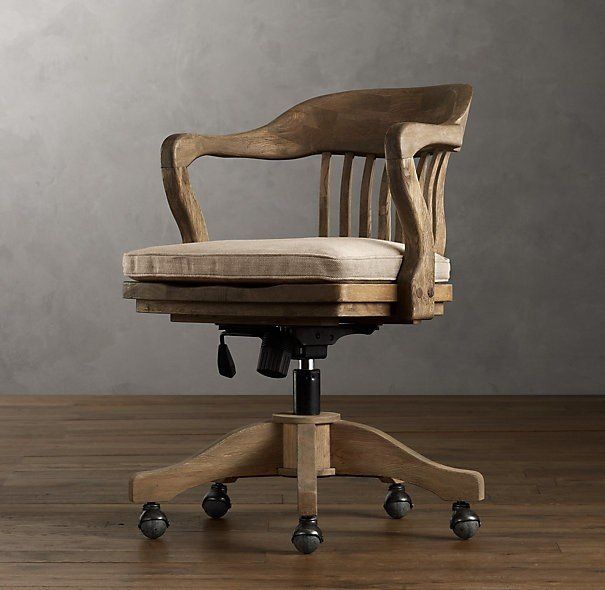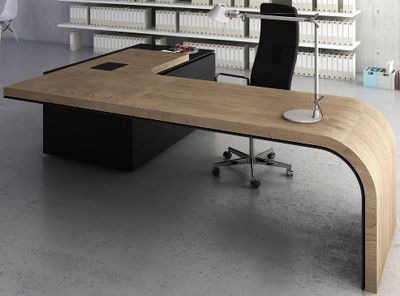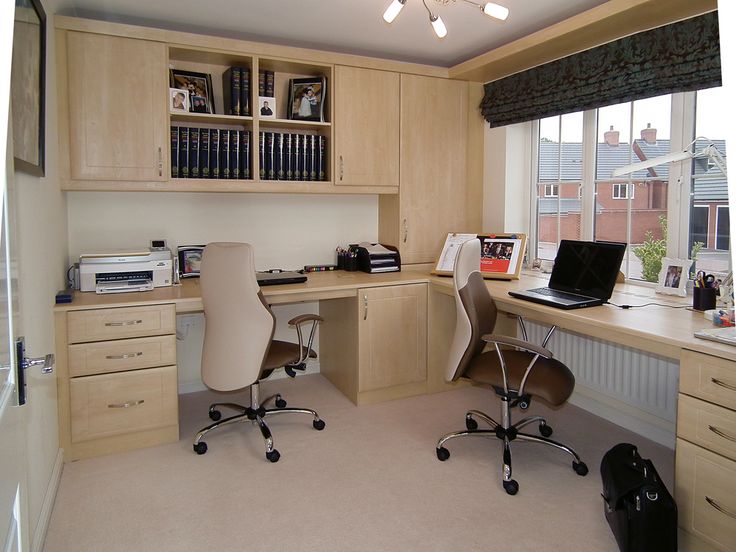Buying a new office chair often doesn’t get the attention it deserves. In fact, most people probably spend more time (and money) choosing a desk. What they don’t take into account is that if you work 40 hours a week, 50 weeks a year, you’re going to spend 10,000 hours in that chair over the next five years.
Why is it important to know a little about your work habits and office before buying an office chair?
Knowing what you’re going to use the office chair for and how you’re going to use it are probably the two most important factors that should influence your purchasing decision.
If you’re an executive who spends part of the day in front of your computer, but also spends long hours in meetings with colleagues and visitors, you definitely need this a fully adjustable chair This way you can sit back and appear relaxed and friendly when someone is on the opposite side of the desk. However, if you’re working on your computer, you’ll get the neck, shoulder, and back support you need.
If you only use your office chair for computer work, you should do so Put more emphasis on ergonomics (see below).
What is ergonomics and how does it affect me when choosing an office chair?
Ergonomics is the science (or art, if you will). Design your workspace to optimize efficiency and comfort and minimize the risk of injury. This can get extremely academic. In fact, we wouldn’t be surprised if there were people who had PhDs in ergonomics.
Since this isn’t a science class, we’ll try to keep things more practical. The following ergonomic factors are particularly important when choosing an office chair:
The 90 degree rule
dr Matt Tanneberg of the University of Pittsburgh says if your knees, hips and ankles don’t rest comfortably at a 90-degree angle, one warning sign is that an office chair may not suit you. In other words. If your hips don’t form a 90-degree angle, the chair is probably too short or too long for you. The same goes for the ankles and knees. All connections should preferably remain at a 90 degree angle.
backrest
It is important here that the backrest should be available adjustable. You may be comfortable sitting in the chair for two minutes, but after five hours you may feel different. The backrest should also provide good support for the curve of your lower back. Generally, The backrest should follow the shape of your spine. The back of the chair should be Go at least to the middle of your shoulder blades to provide adequate support for that part of your back. It’s even better if it reaches over your shoulders.
feet
Feet should be comfortable Lie flat on the floor. If not, make sure the chair has a footrest. Otherwise, your feet could be kicking in the air like a toddler in his dad’s office chair—both uncomfortable and weird.
armrests
Armrests should be fair close to your body. Of course, you don’t want to feel like you’re being squeezed by a gorilla, but your arms should be able to rest comfortably on either armrest. Otherwise, you put a lot of strain on your shoulders and neck. Read that again. You have no idea how many Millions of people suffer from constant neck and shoulder pain because their office chairs force them into unnatural positions.
You must also be at a comfortable height. armrests with adjustable height settings are a good idea in this regard. If you do a lot of computer work and depending on your desk configuration, consider armrests that allow you to get as close to your desk as possible.
Is an office chair without armrests a good idea? The short answer is no. If your budget is very limited, you might consider doing away with the armrests altogether. You’ll certainly save money, but without that vital arm and shoulder brace, you’ll be paying later—both in dollars and in pain and suffering.
Seat
The seat of the chair is, of course, the area where most of your weight will rest for 10,000 hours over the next five years. There are two important principles here:
-
Size. The seat should be neither too short nor too long. Of course, this depends on the length of your thigh. So all you have to do is sit down and check reaches a few centimeters behind the knee. Two to ten centimeters behind the back of the knee is generally considered a good average.
-
Seat material / cover. If you save in this area, both your butt and lower back will pay the price in the future. memory foam remains one of the best options as it doesn’t wear out as quickly as ordinary foam. The cover of an office chair should feel comfortable. Avoid abrasive materials or materials that could cause your body to overheat or become itchy. A breathable cover of medium texture should eliminate most of the above problems.
-
Shape. You can stimulate blood circulation in your legs by choosing a seat edge that is slightly rounded and slopes downwards. The University of Pittsburgh calls this a “waterfall front”. Avoid anything sharp like the plague.
-
Thickness. It’s easy to make a mistake here. It doesn’t matter if the seat is made of memory foam or not. If it’s too thin, it can cause significant discomfort. In this regard Consider your body weight and the size and shape of your floor. If you have a thin, perky back you should be able to sit comfortably in a medium-thick seat, but larger bottoms are heavier and require more cushion support.
How important is it that an office chair is adjustable?
Of course, if you are buying an office chair for a specific person who will use it for a specific type of work at a specific desk, the ability to customize it is not as important as when buying one Used over a period of time by more than one person for various tasks.
Modern office chairs often offer a variety of adjustment mechanisms, including Movable lumbar support, tilt tension adjustment and tilt angle control.
A swivel chair is also equipped roll allows you to easily move from one part of your desk to another. The same goes if you have a printer or other modern electronic device that isn’t on your desk and you want to access it frequently without having to get up all the time.
What role should aesthetics play when buying an office chair?
For some people the appearance of the chair is of paramount importance, for others it is less important. However, there are a few points that all office chair buyers could benefit from:
your office furniture
If you have a larger office with a tasteful, timeless feel, bring a chair a more traditional design with leather upholstery or maybe a good art imitation might be a good choice. The situation is different if, for example, you’re the female design manager in a modern advertising studio and the rest of your office says, “I’m a millennial. I’m chic, I’m in”. In this case A very modern chair in trendy colors should serve the purpose.
your point of view
It’s not hard to imagine how your job might impact your choice of office chair. We addressed this in the previous paragraph. Your office chair says something about you. So make sure he says what you want.
If you’re the CEO of Microsoft, your office chair should be shouting, “I’m the boss.” I’m a nice guy up to a point. But I don’t play around. ” Think Fully customizable, thickly padded, neutral colors that convey a sense of quality, reliability and authority.
As a junior manager, when you’re choosing an office chair for your first real office after years of living in a cubicle, you probably want your chair to say, “Take care of me.” I’m on the way up, even if I am I’m not quite there yet. ” Modern design, brighter colors than the boss’s office chairand contemporary materials should do.
How often should I replace my office chair?
Experts recommend that you replace your office chair every five years However, this can depend on many factors, including the number of hours the chair is used in an average week, the weight of the user, how often he or she bounces or swings the chair, or as a trampoline.
The golden rule is The moment you start developing all sorts of pain If your back, shoulders or neck are affected, it may be time to replace your office chair.
If you follow the general guidelines and tips above when choosing an office chair, you can look forward to years of satisfactory service. It’s not rocket science, in fact, finding an office chair could be a lot of fun. Enjoy!
